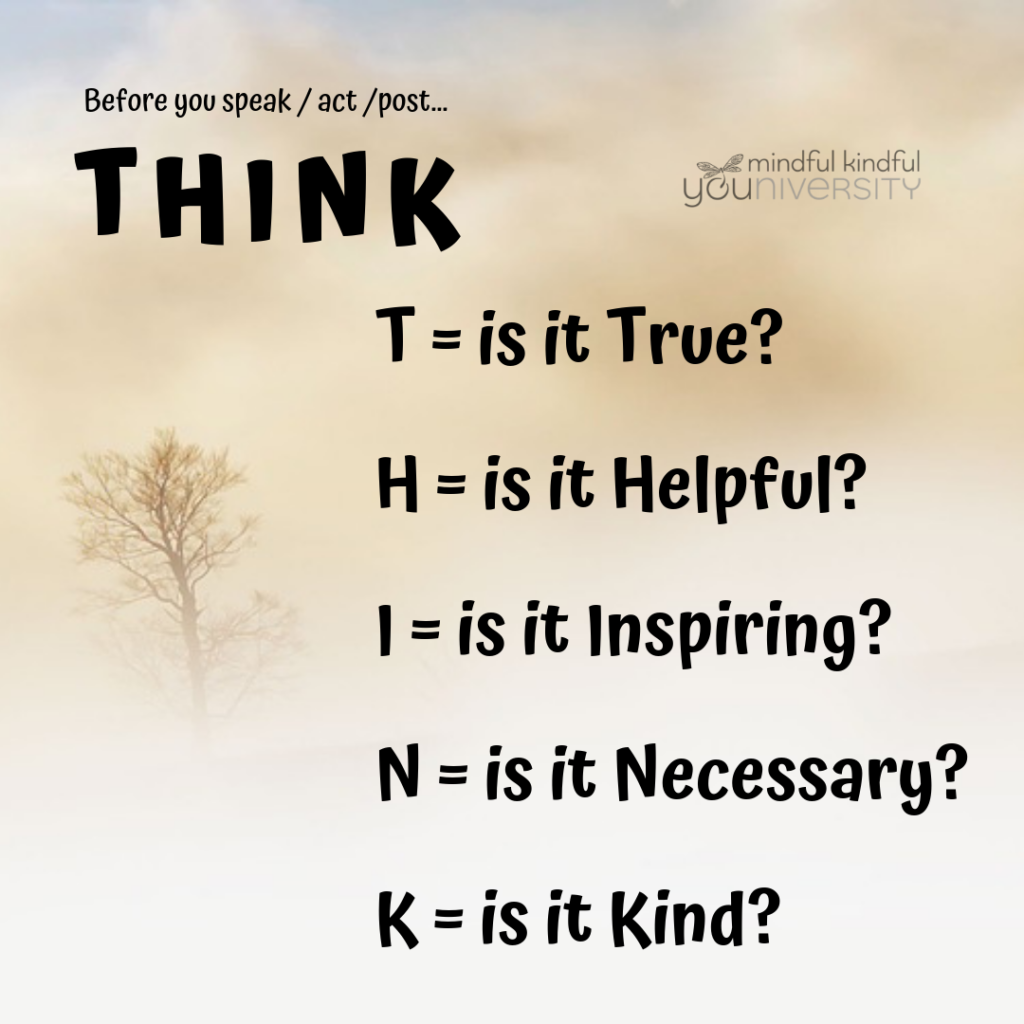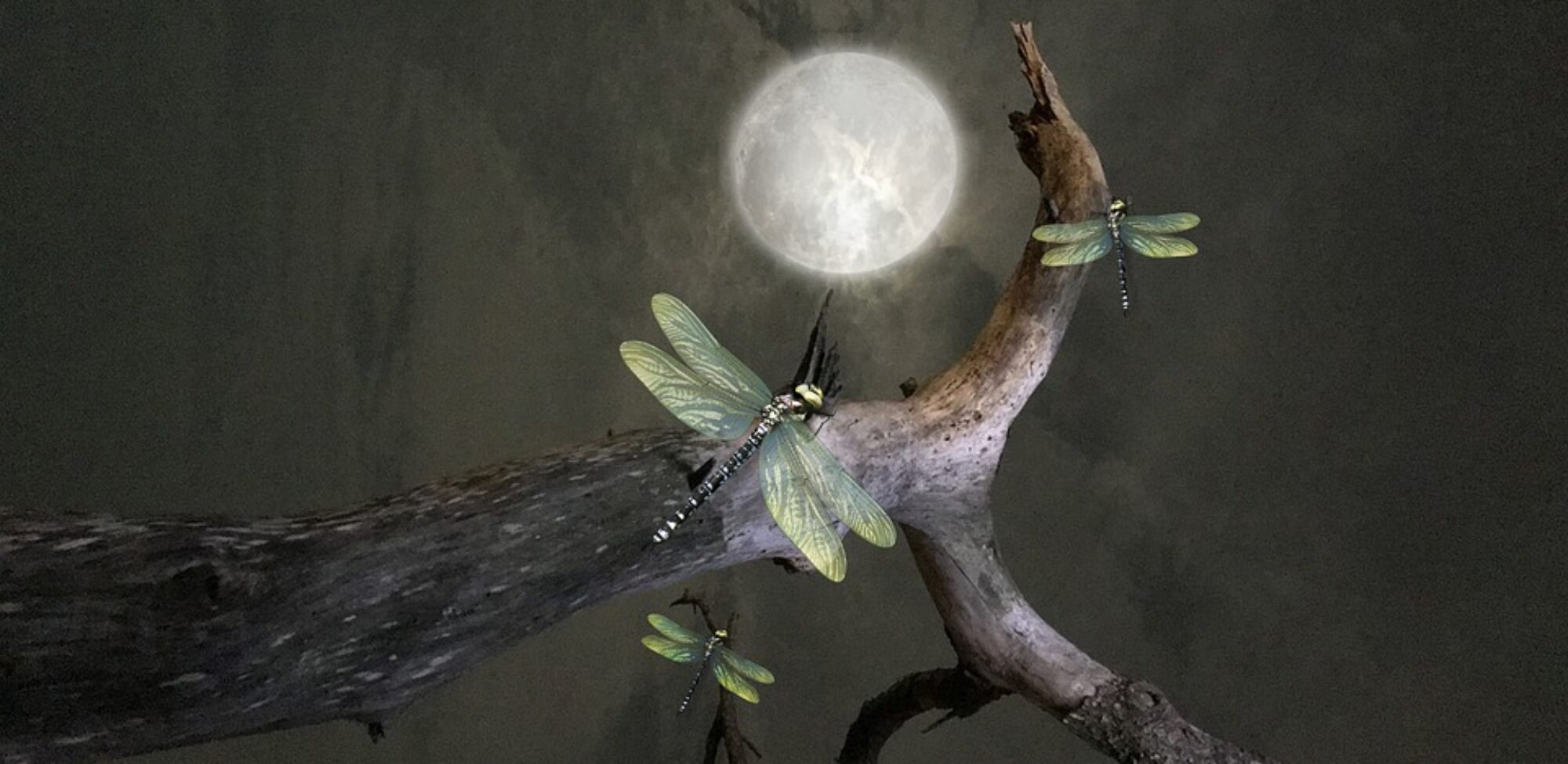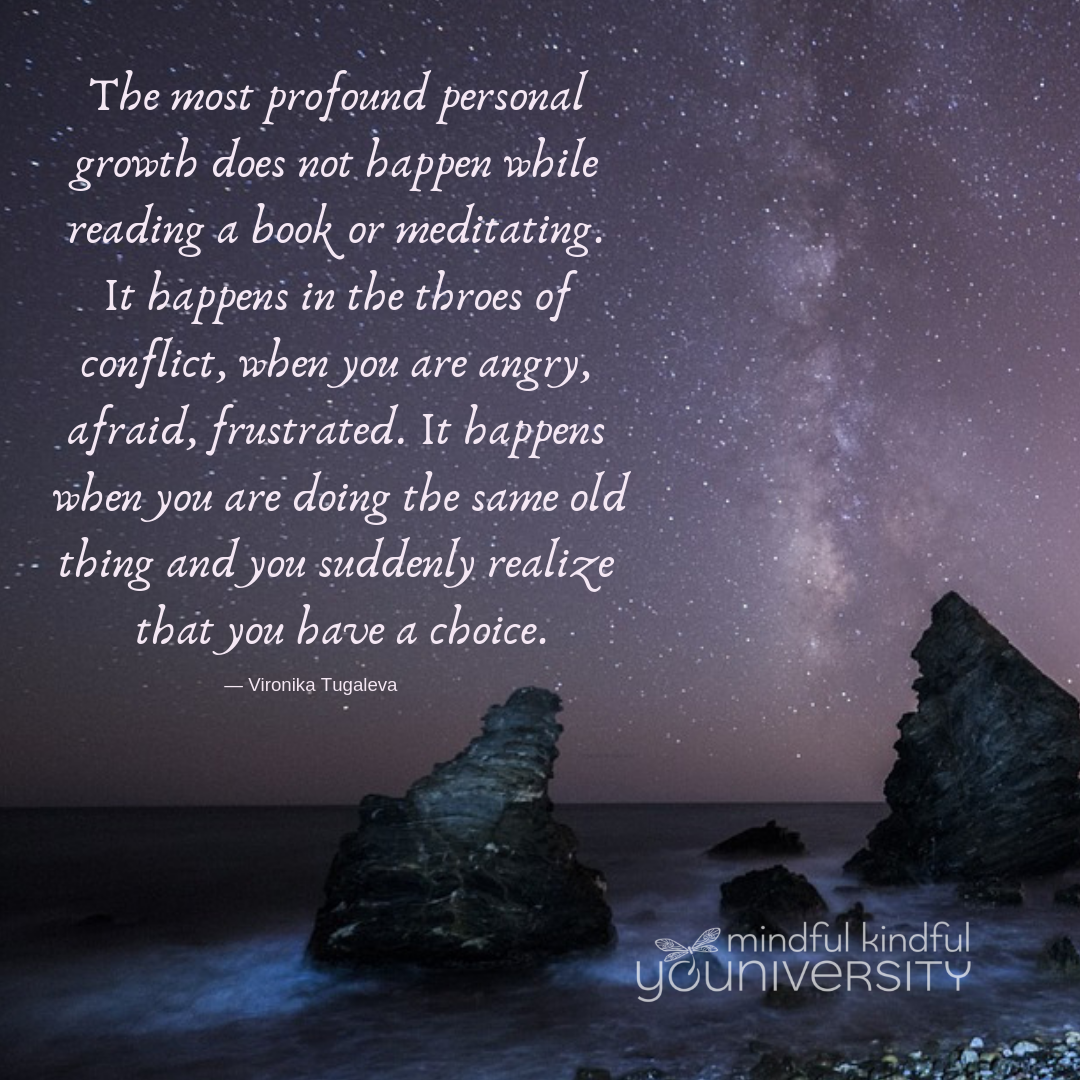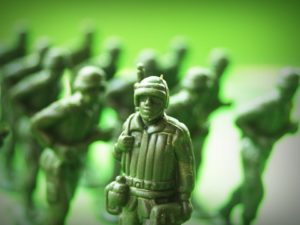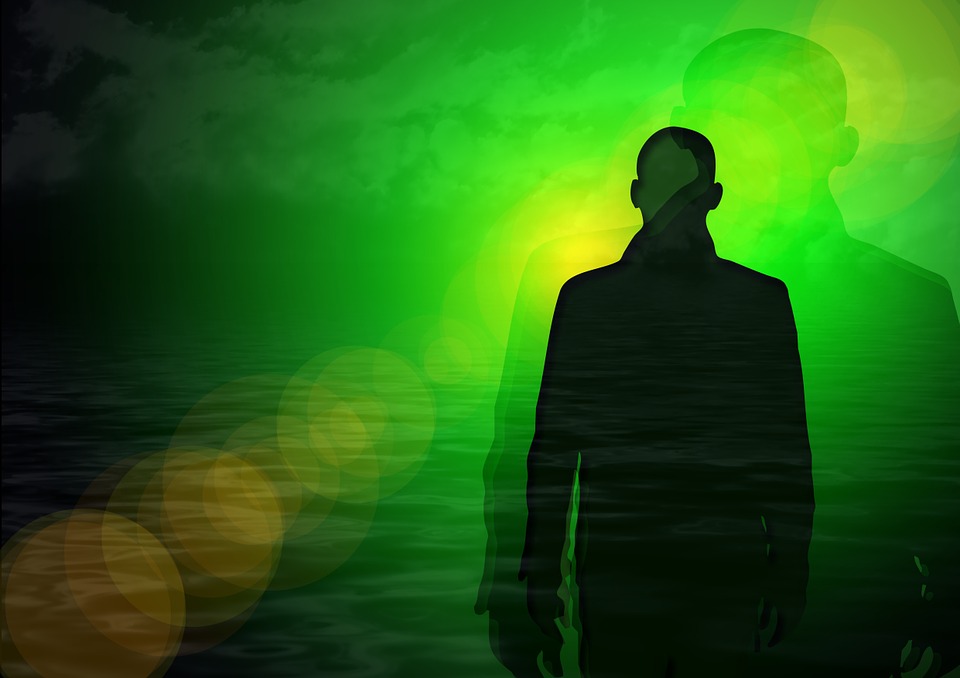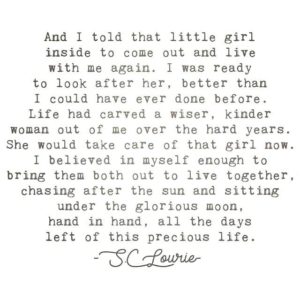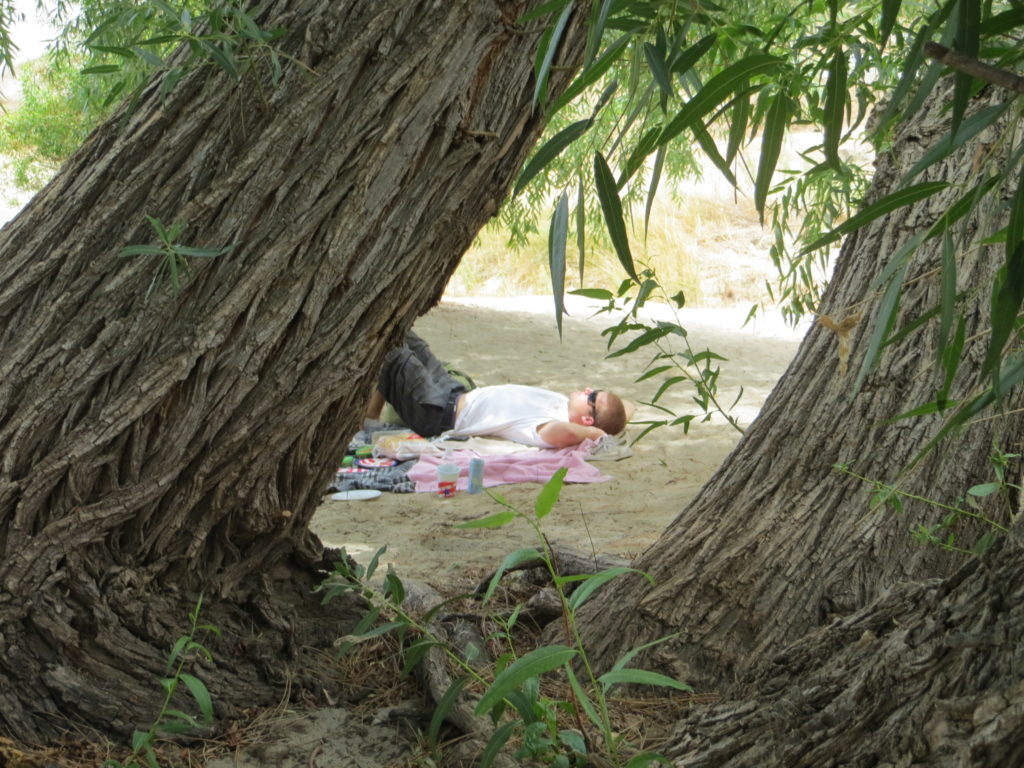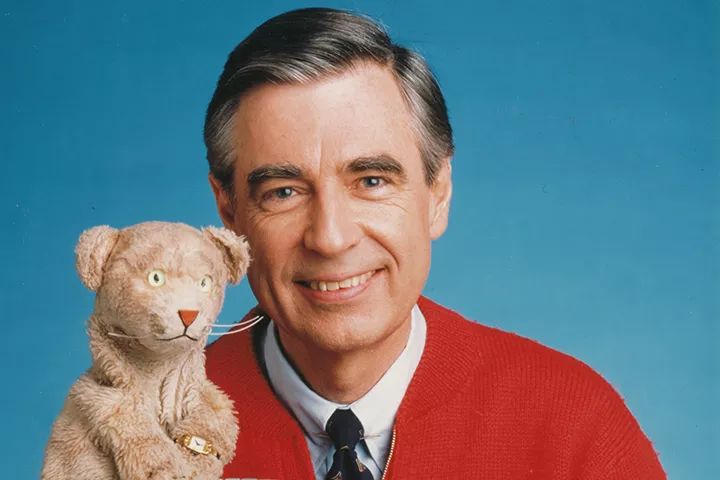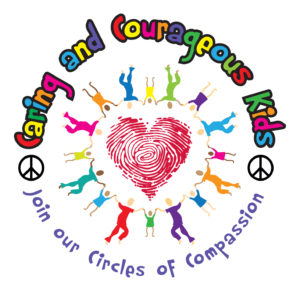My Sm’Heart Filter
A Social Story for Elementary Aged Students & Beyond!
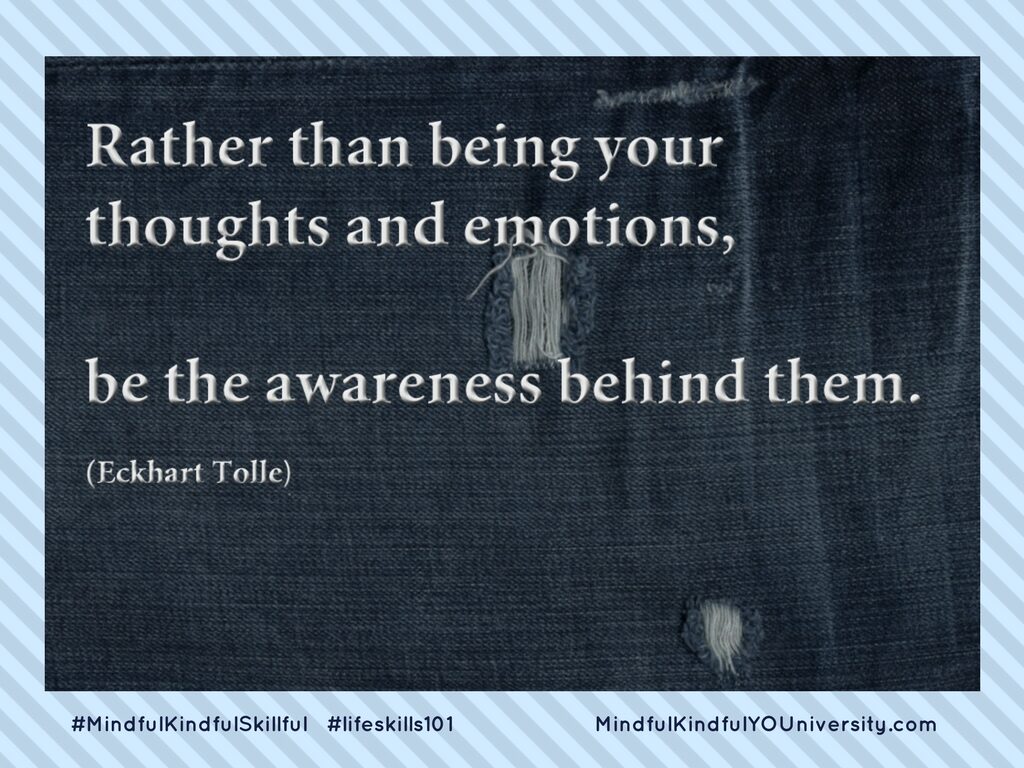
Although I wrote this social story as a learning tool for my elementary aged students, it’s really a story and lesson for all ages, including YOU!!! All across social media we are tweeting and posting our every thought! Media, news, television shows, and movies no longer filter or censor sex and violence. Anyone can view it 24 hours a day. As an educator, I feel that social-emotional skills, impulse control, and self-regulation are declining rather than improving, despite these skills being developmental in nature. Research has shown that this ability to control impulses and manage strong emotions are predictors of success in school and in life. If the adults and teens-soon-to-be-adults are struggling with this, or not teaching these skills, our younger generation is in trouble!
Mindfulness teaches us how to relate to our thoughts. We don’t have to give every thought that arises our full attention, nor do we have to act on each of these. We can also discern if the thought even needs to be shared aloud. In brief, “My Sm’Heart Filter” story is about mindful communication and making heart-centered decisions when we are communicating and interacting with others at school, at home, at work, in the community, on social media (thinking smart, aligned with the heart = sm’heart!). Not so easy in our culture of sharing every single thought and feeling and opinion on every single issue. Not so easy, but so very necessary! This simple story presents the difference between a thought bubble and a talking bubble and using a heart filter to decide which words would be best to stay in our head, and which words are ok to express aloud. And when is the “right” time to share that thought? Is it as it arises, or can you hold it for a better moment (so it’s not interrupting others, or so it’s not in the middle of math class or a movie). This can be used for many examples of mindful communication and some of the examples in the story below are the examples my elementary-aged students are working on, with a box to add other samples as the need arises. Perhaps you can use the metaphor for yourself, or with your family or classroom! Here is the story:
“My Sm’Heart Filter” is a Social Story written by Dee DiGioia and adapted from the book “I Can’t Believe You Said That” by Julia Cook. I have also blended in some language on the Zones of Regulation that I regularly use with my students.
My Sm’Heart Filter

I am learning about using my heart filter.
I have two bubbles full of words in my head. There’s a thinking bubble and there’s a talking bubble. These are connected by my heart filter.
When thoughts and words form inside my head, they form inside my thinking bubble. The only person who knows what thoughts and words are in my thinking bubble are just me! They only way someone knows what I am thinking is if I send these thoughts and words to my talking bubble, or if I write it down. (People might be able to guess how I am feeling by my body language – but that’s for another story.)

When words come out of my mouth, they come from my talking bubble. The words that make it to my talking bubble are for others to hear.

My heart filter makes sure that
only some of the words
in my thinking bubble make it to my talking bubble.
When my heart filter is “turned off”…
some of the words in my thinking bubble make it to my talking bubble that are “unexpected” (not ok).

I am learning about which words should stay inside my thought bubble and which words are okay to come out. Grown-ups will help remind me when it is expected to keep these thoughts inside my head until I can remember on my own.
Sometimes I forget to use my heart filter. Sometimes I might say these words on purpose. This is “unexpected” (not ok) and may result in others having feelings in the blue or yellow or red zone.
Here are some examples of “unexpected” words tumbling into my talking bubble:
If I say something off topic >>> then others may feel confused or frustrated.
If I say something unkind >>> then others may feel sad, mad, blue, hurt.
If I say something disrespectful or rude >>> then others may feel hurt, frustrated.
If I say something that interrupts or “steps on someone’s words” >>> then others may feel frustrated, hurt, upset.
If I say something untruthful >>> then others may feel frustrated, confused, untrusting (won’t believe me like the boy who cried wolf).
If I say something that makes others feel unsafe >>> then others may feel worried, scared, stressed.
Can you think of some other examples?
When “unexpected” words come out,
I have an opportunity to “flip it”

by turning on my heart filter
and make it better
so that I can show I care about others.
When my heart filter is “turned on”…
it helps me separate words that should stay in my head from words that are okay to come out. This is “expected” (ok) and helps those around me, including myself to be in the green zone.

Here are some examples of “expected” words that went through my heart filter:
If I say something on topic >>> then others may feel happy, good, calm, grateful.
If I say something kind >>> then others may feel happy, good, calm, grateful, awesome.
If I say something respectful >>> then others may feel happy, good, calm, grateful, valued.
If I wait for my turn to talk or save it for a better time >>> then others may feel happy, good, calm, grateful, delighted.
If I say something truthful >>> then others may feel happy, good, calm, grateful, trusting.
If I say something that helps others to feel safe >>> then others may feel happy, good, calm, grateful, safe.
Can you think of some other examples?
IMAGINE:
Imagine that I have a bucket filled with sand and stones in it and a sifter. The sifter is like my heart filter. My thought bubble is above the sifter and what comes out of the sifter is like my talking bubble for others to hear


If I pour some some sand and stones into the sifter, the stones will stay on top inside the sifter. That’s like it’s keeping the words that are “unexpected” inside my head for just me to know about.
The sand that goes through the filter are the like words that are “expected” to say out loud in my talking bubble. That’s what is expected – from me – and from everybody!
I can’t put back the stones or words that come out that are unexpected, but I can try to “flip it” to help everyone, including myself, to be in the green zone.
I am ready to start sifting through which words stay inside my thinking bubble and which words can come out the other side of my heart filter – words that help grow my heart skills so that everyone can feel good, including me!
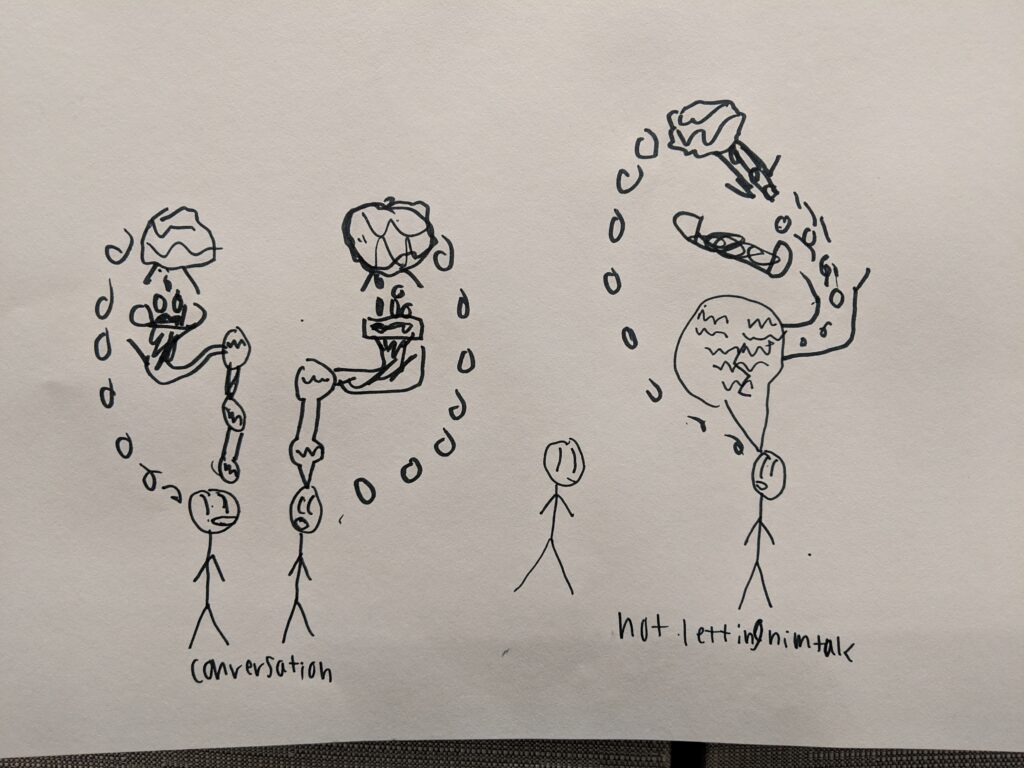
IMAGE ABOVE: I asked my students to make a poster of an example of an “unexpected” situation and then how to repair it or, as we say, “flip it” (from yellow/red zone to the green zone). One of my students drew this amazing image (above) to depict what he thinks the process looks like. I absolutely love the detail! He started with the drawing of the pair on the right to demonstrate “unexpected” behavior showing one person talking and not letting the other person talk (because this student works a lot on “not stepping on words” when someone else is speaking). The circles swirling up to the character’s left are his thought bubbles > above him are the “stones” (unexpected behavior or dominating the conversation) pouring out of the tipped filter and spilling into his talking bubble (“blah blah blah blah”). Then the drawing of the pair on the left shows how to repair this ~ now two people are engaged in conversation – note one talking bubble higher than the other to show taking turns. Again their thought bubbles going up their sides, each one considering the other’s feelings, and their sifters are level and only the “sand” is coming out for the expected social skills of conversational turn-taking. So clever! The idea is we don’t have to blurt out every thought that comes to mind ~ self control is managing those impulses – instead of shouting out “you’re a $%&*”, for example, I can keep that in my thought bubble and filter out words that align with how I want to show up in the world. I know a few adults who need this lesson!!!! Don’t you?
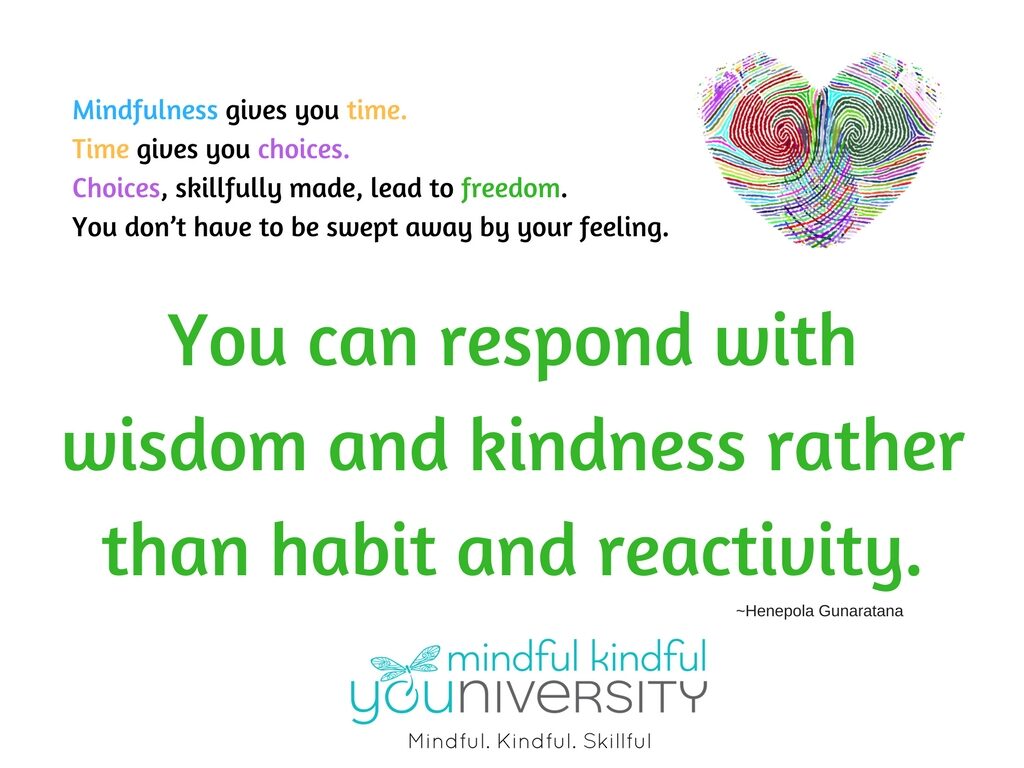
By practicing mindfulness and kindfulness in our daily living, each one of us is positively contributing to a thriving, resilient, and compassionate world beginning with ourselves, and positively impacting our relationships at home, work, and in our communities. Come learn and grow with us at Mindful Kindful YOUniversity!
Dee DiGioia, founder of Mindful Kindful YOUniversity, offers Mindfulness-based Social-Emotional Learning Programs across San Luis Obispo County for youth and adults to learn and engage in practices of mindfulness and movement grounded in science and backed by research to support mental and physical health and well-being. Respond more skillfully to life in the 21st Century!
Stay up to date on announcements of classes and events:

